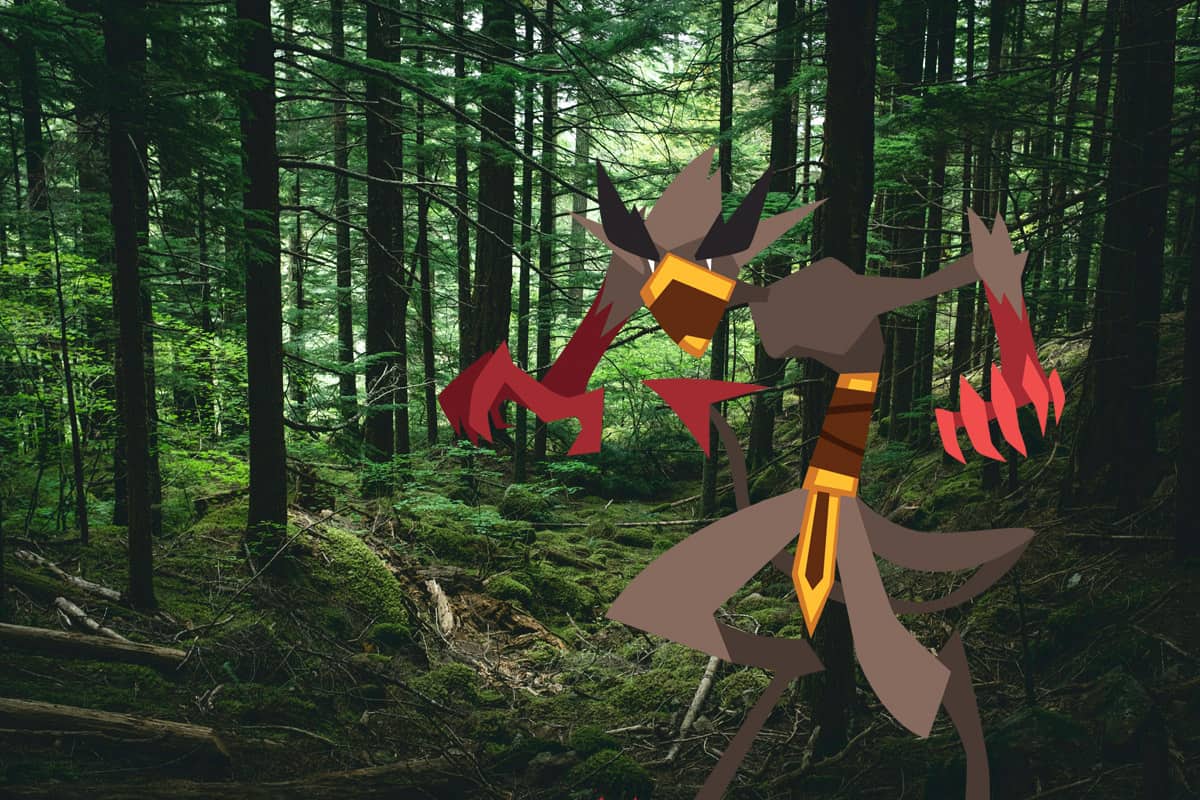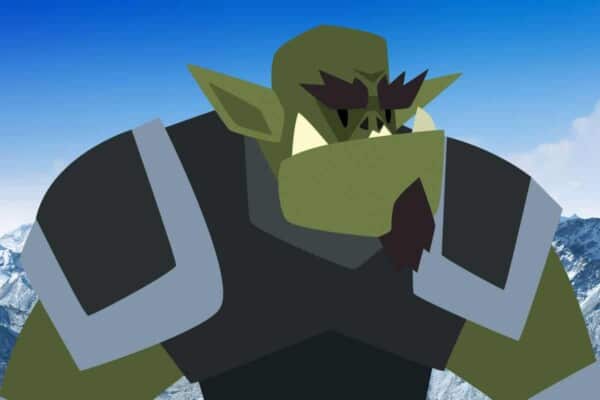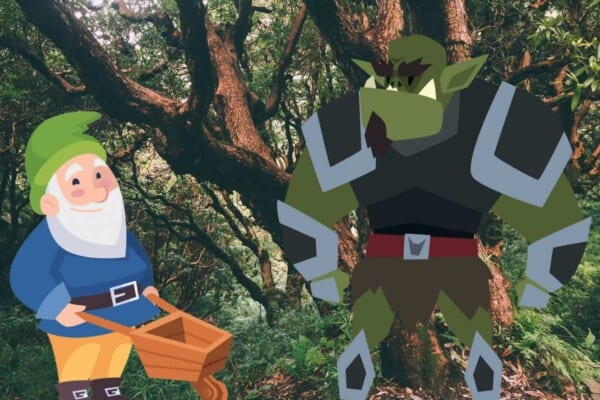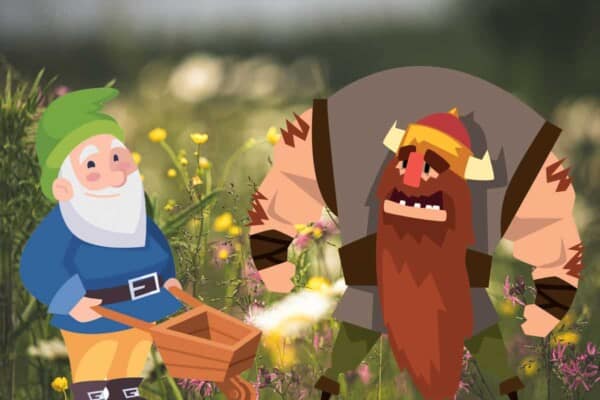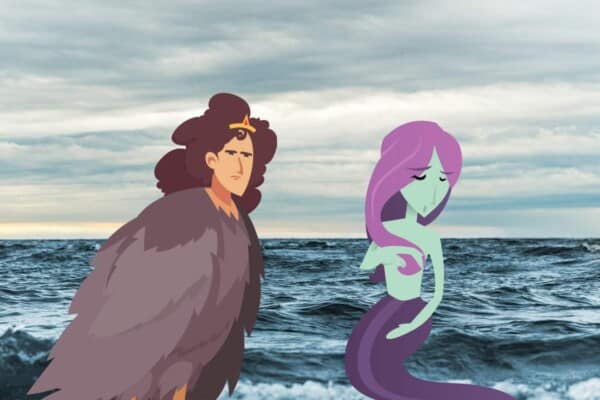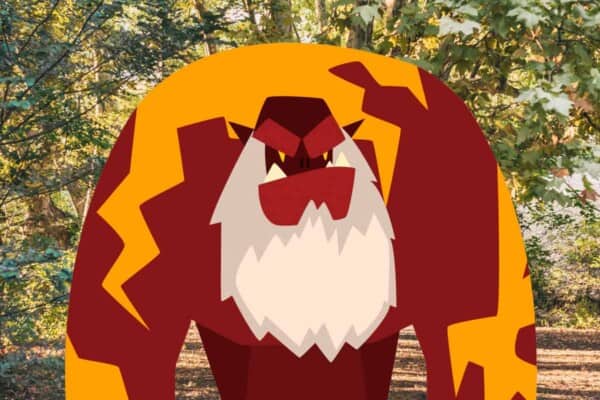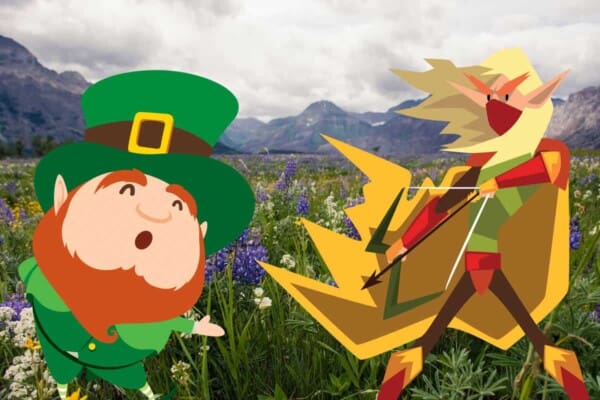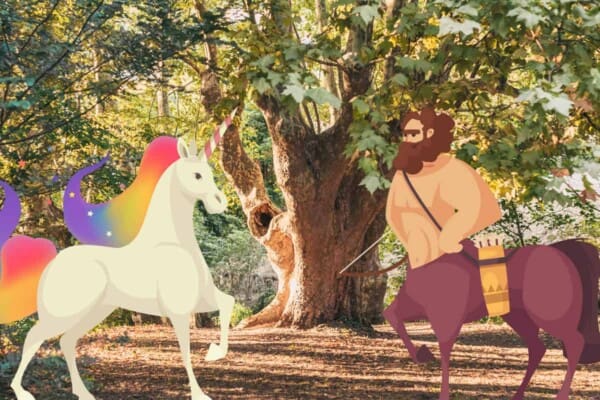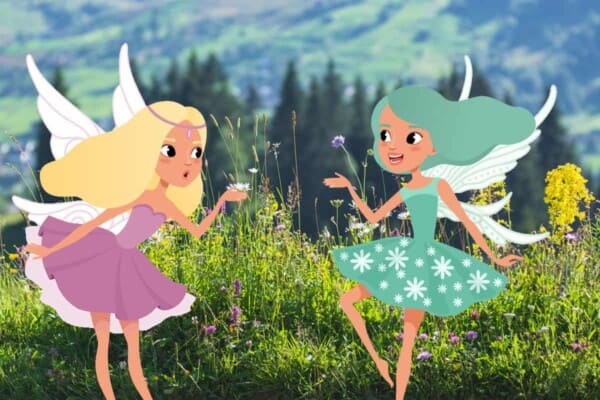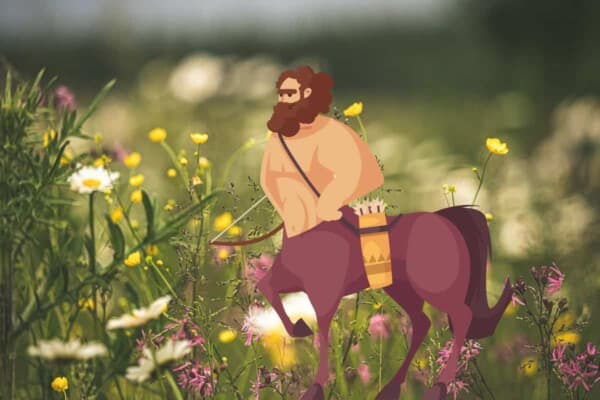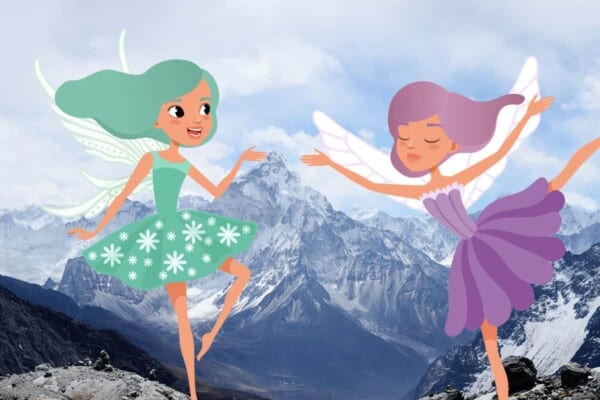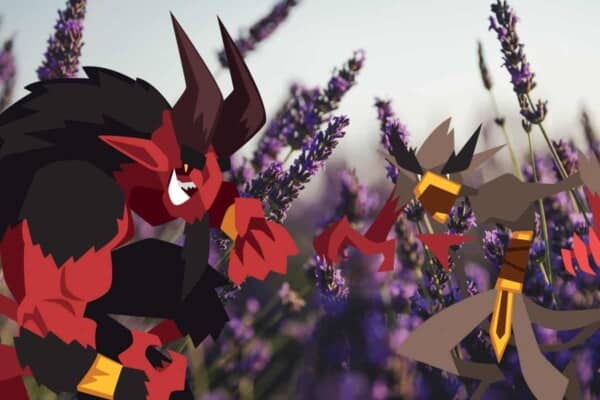When a toddler does something they shouldn’t and wears a guiltless smile, or when a puppy makes off with the steak that was supposed to be for dinner, it’s not uncommon to refer to them as “impish” or “little imp!”
But where did this description come from? This mischievous word originated with equally mischievous creatures known as imps – faeries or demons who acted as troublemakers in myths and legends around Europe and across the world.
The following facts explore a little more of the history and mythology surrounding imps as creatures of legend, and their changing role throughout time.
A Few Facts about the Mythical Creature called Imps
1. The word ‘imp’ probably originated from a term meaning ‘an offshoot or graft of a tree or plant.’
In Old English, impa meant the offspring of a tree, and was later used to mean the offspring of any noble house or even common child. In the 16th century, the phrases imp of the devil and imp of the accursed one became more common. A century later, imp referred to a witches’ familiar or a small demon.
2. Imps were little demons in their original German folklore
In German folklore, the word ‘demon’ was not necessarily associated with evil, but rather with mischief and amorality. They sometimes even attended gods as well as creatures of darkness. In later Christian myths, imps became lesser attendants of the devil.
3. They are usually very lonely creatures who seek company
In most versions, imps use their pranks and jokes to find friends. However, they often repel people thanks to their mischief! When they do secure a friend, they become bored quickly, and continue to prank and tease their friend, especially with practical jokes.
4. During the witch hunts, imps were used as proof of witchcraft to condemn people, as they were called witch’s familiars.
The “imps” that the inquisitors procured were usually animals like black cats, reptiles, or any pet that wasn’t very common.
5. Imps are tiny humanoid creatures.
They usually measure around 15 to 30 inches in height, and they’re generally wrinkled, bony, and ugly. Some also have tails or horns or both, depending on their portrayal. Many also have wings. They also carry a limp on their right leg and are very fond of red clothing when they are clothed at all.
6. They are attracted to fire
If a household leaves a fire burning overnight, an imp may take it as a sign to enter that home and wreak havoc. They love heat and darkness, so it’s the perfect combination for mischief!
7. Imps can be bound to an object and summoned at the will of its owner
Their souls can be captured in things like crystal balls, staffs, or bottles. In some stories, they share the trait with genies that they can grant a wish when summoned, though this is uncommon.
8. They’re impulsive, and they don’t plan their mischief!
Whether a lighthearted prank like painting a sleeping person’s face or something more wicked like switching sleeping babies, imps don’t act maliciously through plans. Rather, they do what they feel like at that moment then move on. If an imp is involved in a complicated scheme, it’s because they’re someone else’s servant or slave.
9. The words ‘imp’ and ‘fairy’ are often interchangeable
While later, especially after Christian influence, imps were usually considered bad and fairies good, they’re actually very similar or even the same creature. They’re both extremely fond of pranks that can sometimes be harmful and their focus in life is mischief. The lesser fairies and imps share another thing in common too; they usually serve a greater master.
10. Imps are immortal, but can be beaten by trickery or even harmed
As well as binding their soul to objects, an imp can be overcome by magic weapons or enchantments. They can also be repelled from homes with basic magic wards.
11. They’re extremely popular in old paintings and architecture
Often, the imps are hidden in the art and must be searched for hard before they can be found. Imps are often high up on buildings and in their buttresses, like gargoyles. In paintings, they’re usually way in the background, hidden from the main subject. They’re also very common around elaborate tombs, where angels protect the dead from their influence.
12. An imp is the symbol of the cathedral city of Lincoln, England
According to legend, two imps arrived at Lincoln Cathedral in the 14th century to cause trouble. They broke objects and terrorized the bishop until an angel appeared out of a book of hymns. After a warning to stop, which the imps did not heed, the angel turned one of them to stone and allowed the other to escape. The stone imp still adorns the walls of the cathedral, while the freed imp sometimes circles the building even now, looking for his companion.
13. Kallikantzaroi are Greek and Eastern European imps or goblins that live underground and attack the world tree until the 12 days of Christmas, when they come to the surface.
A kallikantzaros comes to the surface between the 25th of December and the 6th of January to cause havoc to mortals. By the time they are forced back underground on the 6th, the world tree has already healed itself, and they must start their work over again. This is an endless cycle that happens every year.
14. Imps have appeared in literature throughout the centuries, as forces for good, evil, and everything in between
Some of the most famous portrayals include Robert Louis Stevenson’s The Bottle Imp (1891) and several Grimm fairytales. They’re also present in a lot of modern fantasy literature, usually as unwilling or reluctant servants of something darker.
Final Thoughts
Imps are particularly interesting because they exemplify how “devilish” doesn’t necessarily always mean “evil!” Rather than inherently bad, the original imps were creatures of chaos; they didn’t subscribe to good and evil, only the best way to make a riot. That’s what makes them so intriguing!
Contents
- A Few Facts about the Mythical Creature called Imps
- 1. The word ‘imp’ probably originated from a term meaning ‘an offshoot or graft of a tree or plant.’
- 2. Imps were little demons in their original German folklore
- 3. They are usually very lonely creatures who seek company
- 4. During the witch hunts, imps were used as proof of witchcraft to condemn people, as they were called witch’s familiars.
- 5. Imps are tiny humanoid creatures.
- 6. They are attracted to fire
- 7. Imps can be bound to an object and summoned at the will of its owner
- 8. They’re impulsive, and they don’t plan their mischief!
- 9. The words ‘imp’ and ‘fairy’ are often interchangeable
- 10. Imps are immortal, but can be beaten by trickery or even harmed
- 11. They’re extremely popular in old paintings and architecture
- 12. An imp is the symbol of the cathedral city of Lincoln, England
- 13. Kallikantzaroi are Greek and Eastern European imps or goblins that live underground and attack the world tree until the 12 days of Christmas, when they come to the surface.
- 14. Imps have appeared in literature throughout the centuries, as forces for good, evil, and everything in between
- Final Thoughts

